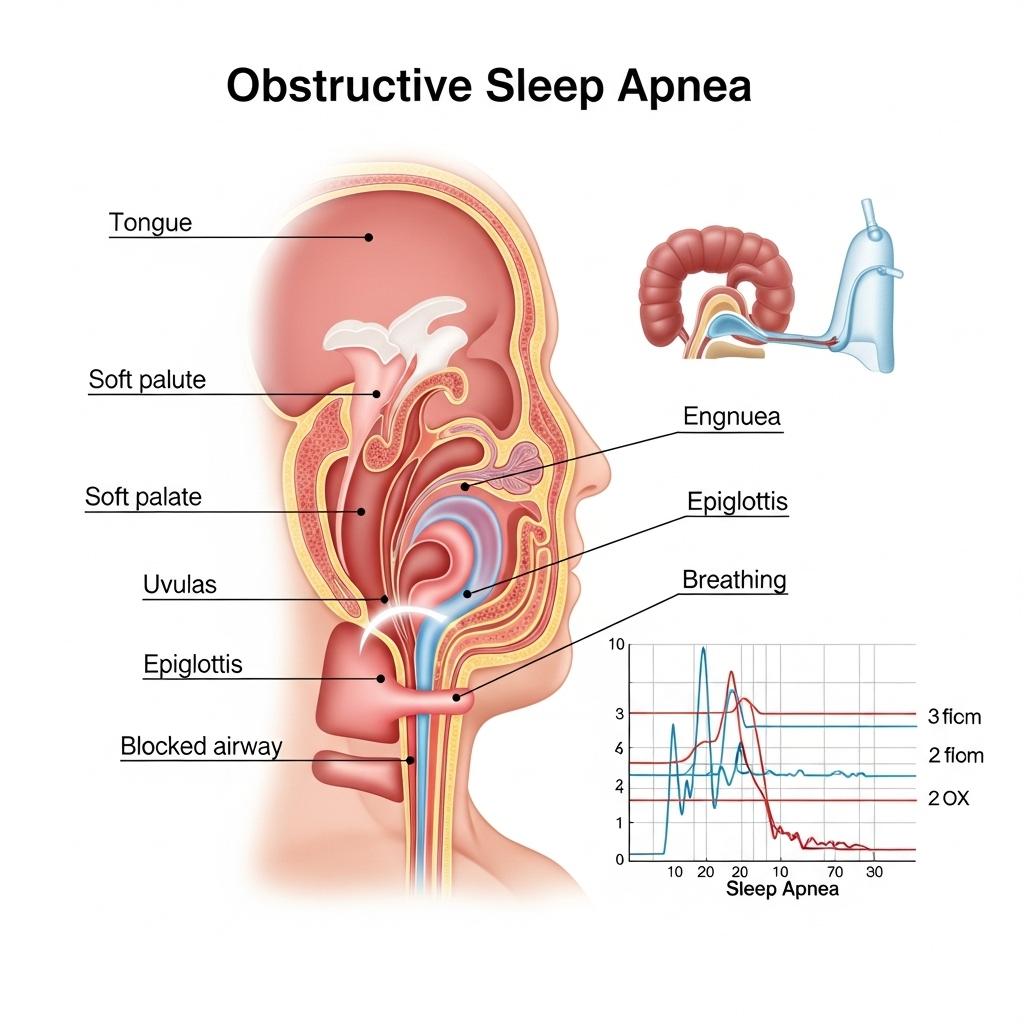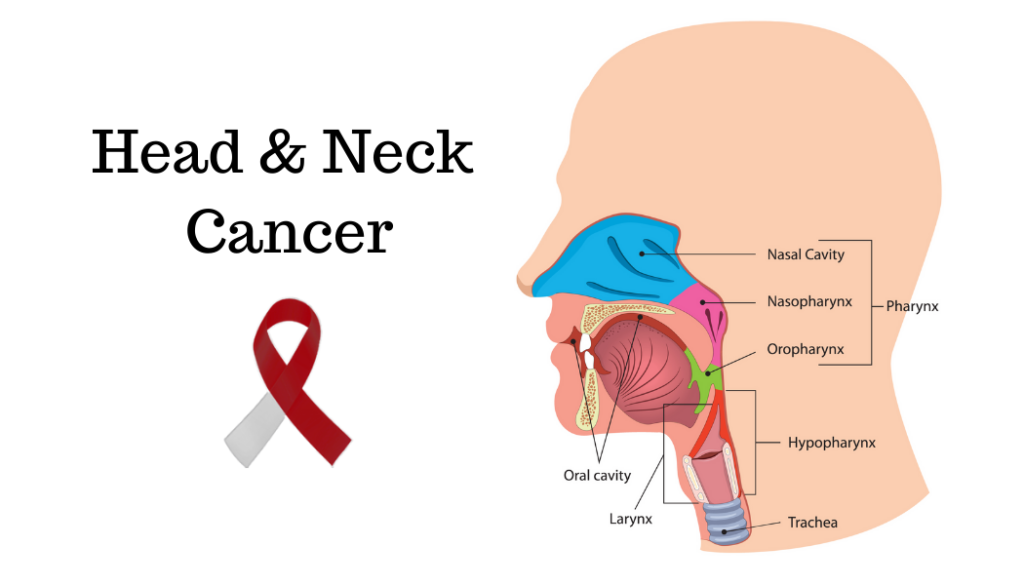Sponsored
CPAP Alternatives: Personalized Care in Sleep Apnea

Obstructive Sleep Apnea (OSA) is a chronic sleep disorder marked by repeated episodes of partial or complete upper airway obstruction during sleep. Often underestimated, OSA affects over 900 million people globally, making it one of the most common and underdiagnosed sleep conditions. Its systemic consequences—ranging from cardiovascular disease to impaired cognitive function—underscore the urgency for better screening, public awareness, and access to personalized treatment.
Request a sample copy of the CI report at: https://www.datamintelligence.com/download-sample/sleep-apnea-devices-market
Pathophysiology and Risk Factors
OSA arises when the muscles in the throat intermittently relax during sleep, narrowing or closing the airway and reducing airflow. This disruption triggers micro-awakenings, fragmented sleep, and fluctuating oxygen levels.
Over time, these physiological stressors can contribute to:
1. Hypertension and cardiovascular disease
2. Stroke and atrial fibrillation
3. Type 2 diabetes
4. Neurocognitive decline and depression
Risk factors include obesity, male ***, age over 50, craniofacial abnormalities, smoking, and a family history of OSA. However, even lean individuals and women can present with OSA, especially in postmenopausal phases.
Clinical Presentation and Diagnostic Strategies
Symptoms of OSA are often subtle and develop gradually.
Common signs include:
* Loud snoring
* Gasping or choking during sleep
* Excessive daytime sleepiness
* Morning headaches
* Impaired concentration and mood changes
Polysomnography (sleep study) remains the gold standard for diagnosis. It measures the apnea-hypopnea index (AHI), classifying OSA as:
* Mild: 5–14 events/hour
* Moderate: 15–29 events/hour
* Severe: ≥30 events/hour
Home sleep apnea tests (HSATs) offer a more accessible alternative for diagnosing moderate to severe OSA, particularly in high-risk populations.
Treatment Approaches: From CPAP to Precision Medicine
The mainstay of OSA treatment is Continuous Positive Airway Pressure (CPAP), which keeps the airway open using mild air pressure. CPAP remains highly effective but faces challenges with long-term adherence due to discomfort, dryness, or claustrophobia.
Alternative and adjunctive therapies include:
1. Oral appliance therapy: Devices that reposition the jaw to keep airways open.
2. Weight loss and lifestyle changes: Particularly effective for mild to moderate OSA.
Positional therapy: Encouraging side sleeping to reduce airway obstruction.
Upper airway surgery: Such as Uvulopalatopharyngoplasty (UPPP) for selected cases.
Emerging treatments target hypoglossal nerve stimulation, which uses implantable devices to activate muscles that maintain airway patency during sleep.
Special Populations: Pediatric and Geriatric Considerations
In children, OSA is often caused by enlarged tonsils or adenoids and may lead to behavioral issues misdiagnosed as ADHD. Adenotonsillectomy is typically curative, but obesity is an increasingly common contributing factor.
In older adults, OSA is frequently underdiagnosed due to overlapping symptoms with aging or other conditions like heart failure and dementia. Screening in high-risk populations remains critical for early intervention.
Cardiometabolic and Neurocognitive Impacts
Untreated OSA is strongly linked to:
1. Insulin resistance and metabolic syndrome
2. Uncontrolled hypertension
3. Increased risk of stroke and myocardial infarction
4. Memory impairment and mood disorders
Timely treatment not only restores sleep quality but also mitigates long-term comorbidities, improves productivity, and enhances mental health.
Read the full CI Insights report: https://www.datamintelligence.com/strategic-insights/obstructive-sleep-apnea-osa
Innovation and the Future of OSA Care
Advances in digital health, wearable devices, and machine learning are transforming OSA diagnosis and management. Remote monitoring, app-based coaching, and telemedicine have improved adherence to therapy and access to sleep specialists.
Meanwhile, clinical trials are exploring:
* Pharmacologic therapies to reduce airway collapsibility
* Customizable CPAP interfaces for enhanced comfort
* Genetic and biomarker research for phenotype-based treatment
The future lies in precision sleep medicine, offering individualized care based on anatomy, neuromuscular function, and disease severity.
About DataM Intelligence
DataM Intelligence 4Market Research LLP delivers real-time competitive intelligence across autoimmune, immunologic, and rare disease spaces. Our insights span clinical pipelines, regulatory benchmarks, and commercialization strategies for stakeholders in global life sciences.
🔗 Visit: www.datamintelligence.com




